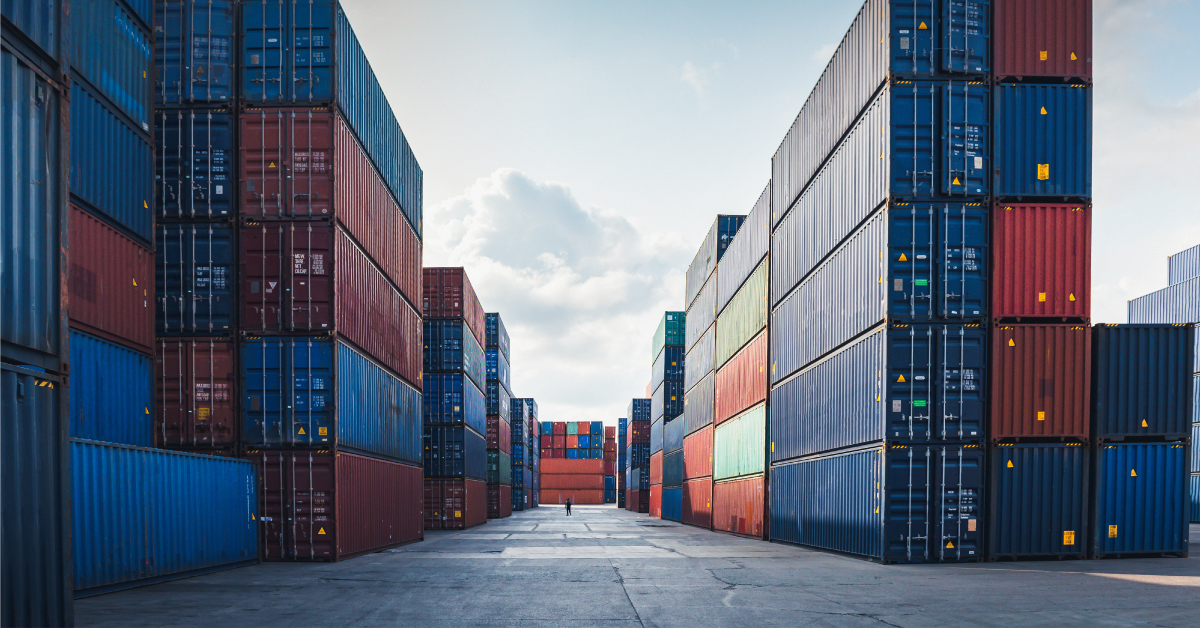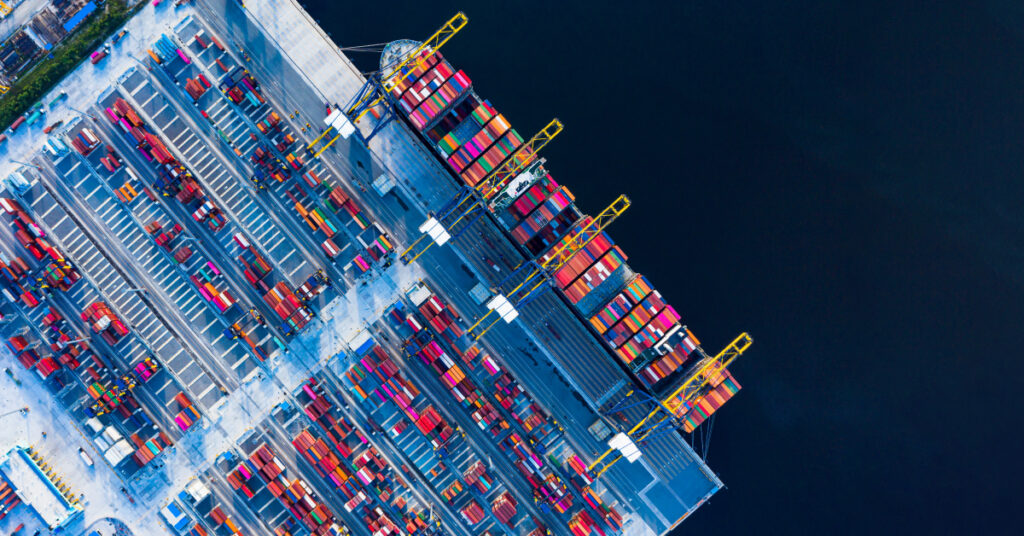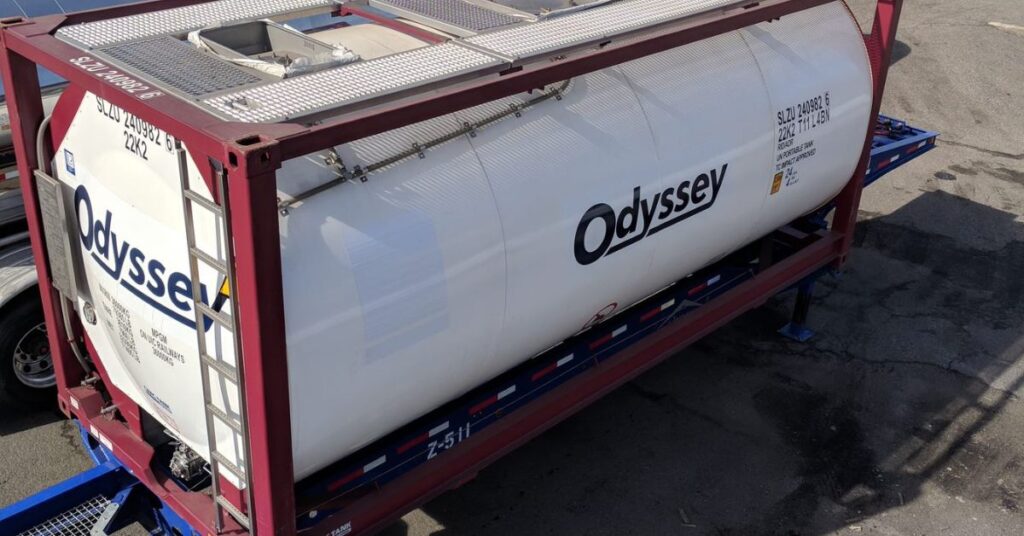During a year when supply chain disruption is hitting manufacturers, distributors, and retailers from all angles, TMS is helping to level the playing field and ease the challenges that organizations across all industries are dealing with.
Coming into 2020, it looked as if it would be “business as usual” for most industries, with a slight hint of an economic downturn looming, a presidential election closely approaching, and the trade wars lingering. When COVID emerged in March, those predictions were turned on end as the world mobilized against this massive outbreak. Some industries felt the full brunt of the shifts while others saw sales increase as a result.
Regardless of which end of the spectrum that a company landed on, it couldn’t escape the supply chain disruption that would ensue. Now, many organizations are rethinking the logistics machines that drive those supply chains and coming up with new ways to shield themselves against the next big disruption.
These companies also have to support their suddenly-remote workforces, meet customers’ ever-changing delivery expectations, and close the communication gaps that exist between shippers and carriers. Transportation management systems (TMS) help companies achieve all three goals and more.
In fact, TMS also helps companies improve shipping transparency, mitigate risk, and automate cost management. In an environment where moving freight is crucial to meeting surging demand, TMS is playing an increasingly important role in getting the goods from Point A to Point B on time, in good condition, and cost effectively.
What’s Keeping Shippers Up at Night?
The shippers surveyed earlier this year will spend an average of $60 million on domestic freight in 2020. For 81% of them, being able to access shipment status information is an imperative. Seventy percent of respondents want to analyze transportation by lane and mode; 42% need better visibility, track and trace; and 37% want to improve communication with customers and carriers.
Nearly two-thirds of respondents (65%) said having cloud-based access to shipping operations is either critically important or very important considering the effects of COVID-19 on logistics operations and office support. Many of them are turning to TMS for help. In fact, 63% are either already using or in the process of implementing the technology.
The more than 350 shippers who participated cited their three most pressing challenges as a lack of visibility; inability to track and trace shipments; and poor communication with customers and carriers. “Many respondents also indicated that a transportation management system (TMS) will play an increasingly important role in mitigating these challenges,” Odyssey’s Charlie Midkiff writes in SupplyChainBrain.
“While COVID-19 has undoubtedly transformed logistics now and in the future, natural disasters such as hurricanes and wildfires also pose immense challenges for the supply chain,” he continues. “In such scenarios, it’s critical to have data that’s understood and useful.”
TMS’ Role in Mitigating Supply Chain Risk
Using a TMS, companies can track events in real-time and get automatic alerts when exceptions occur. “This allows the attention to be focused on what is a known exception, rather than reacting to everything,” Odyssey CTO Albert Lee writes. “A control tower approach for tracking exceptions enables visibility and allows more effective and appropriate allocation of resources for shippers.”
During Hurricane Laura, for instance, a TMS connected to the National Weather Service helped shippers react more proactively by knowing exactly where shipments or raw materials were coming from, when they would arrive, and whether they needed to preemptively order inventory in anticipation of shutdowns in impacted areas.
Expect the Unexpected
In COVID-19 Supply Chain Resources & Recovery Strategies, Lee points out that digital innovation won’t stop when COVID ends. Knowing this, he says shippers should focus on building a culture that advances digital solutions. Such initiatives start at the top and require buy-in at every level. “Identify individuals in your organization who can champion the right technologies and facilitate their implementation,” he adds.
Additionally, tap into consultants who can provide an outside assessment of your existing tools and introduce powerful, new ideas. “The more businesses seek out new ways to address points of friction,” Lee writes, “the more prepared they will be to face whatever unexpected disruptions may lie ahead.”








